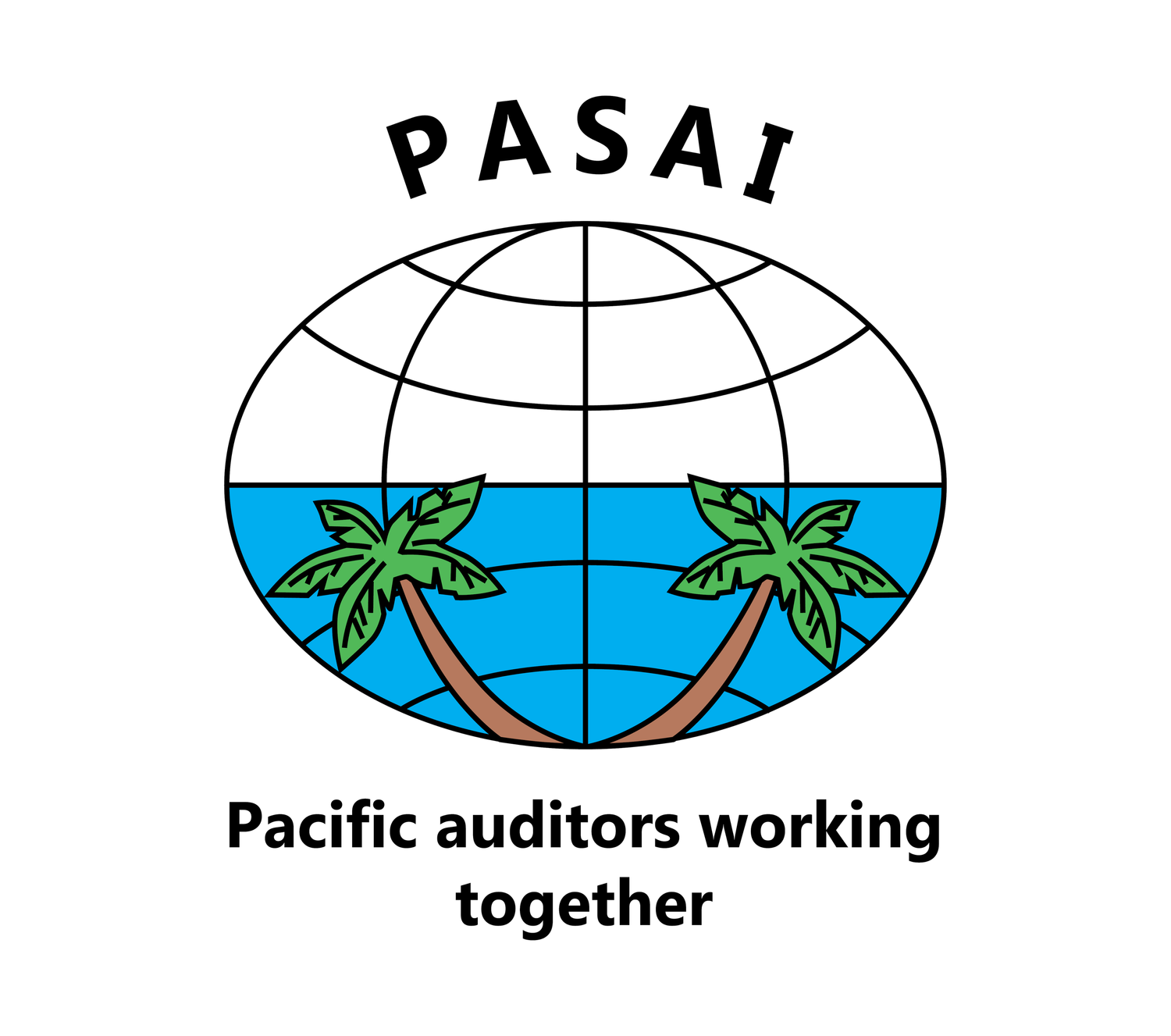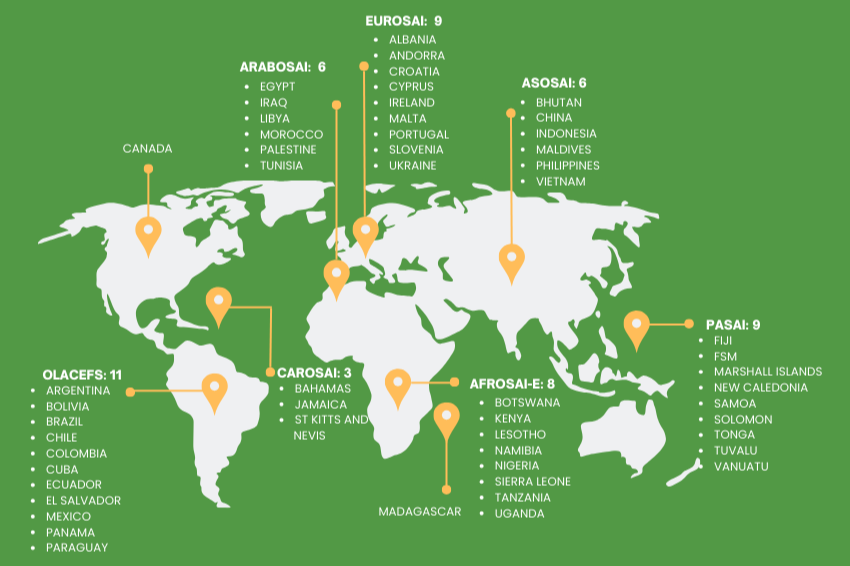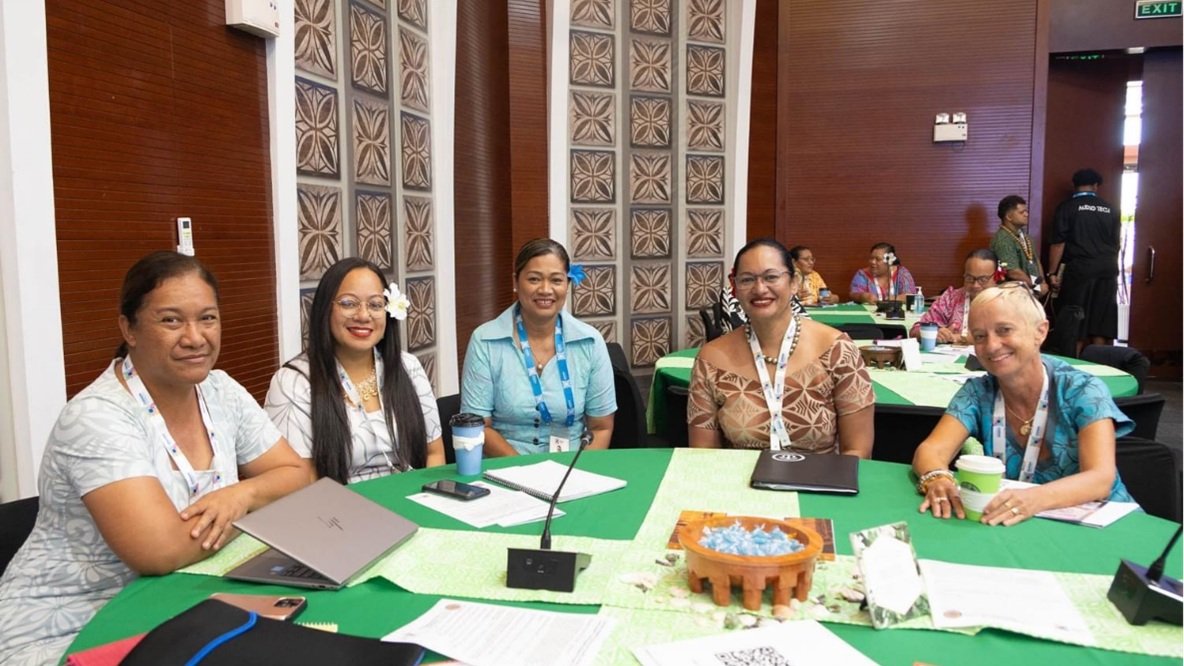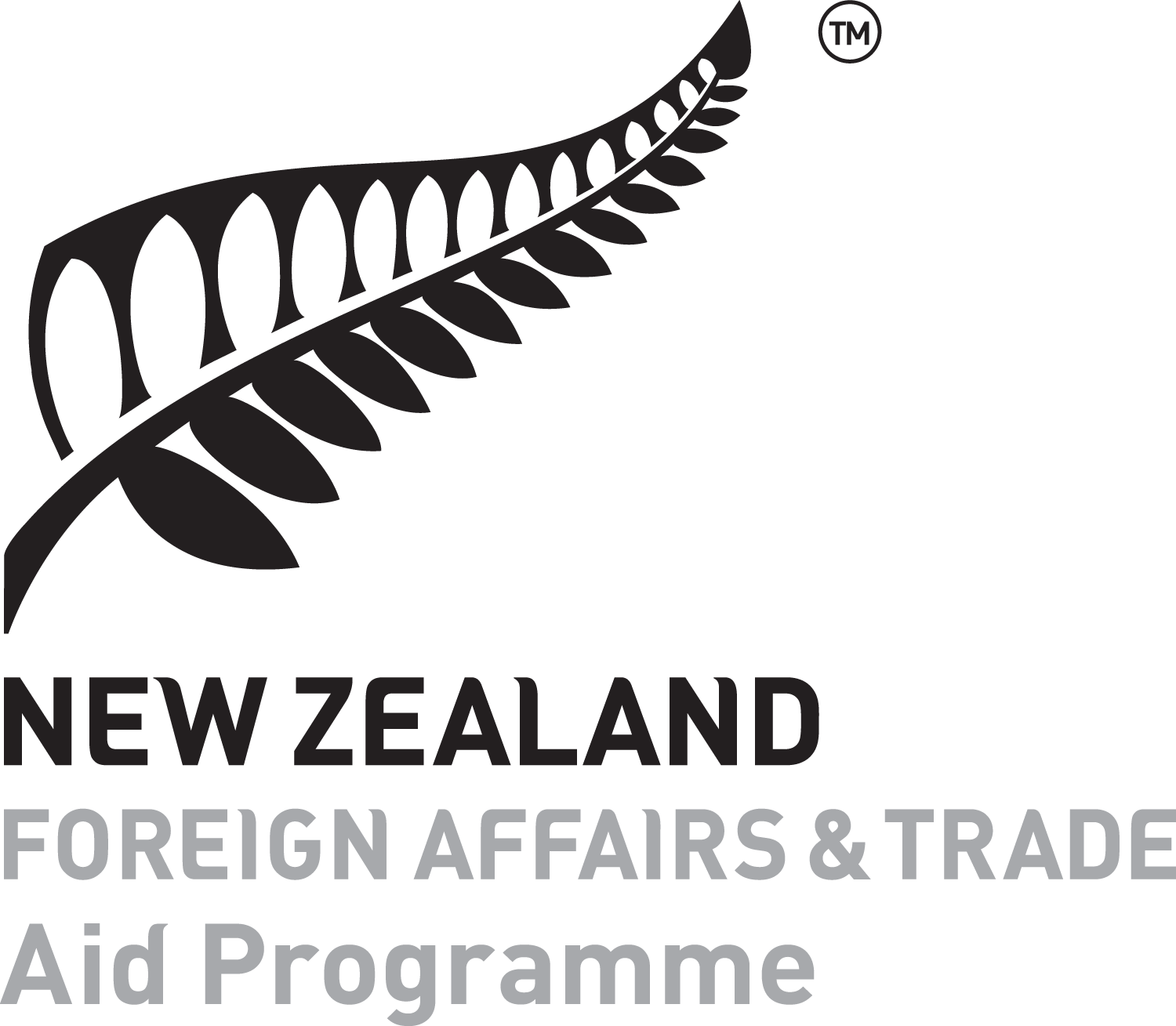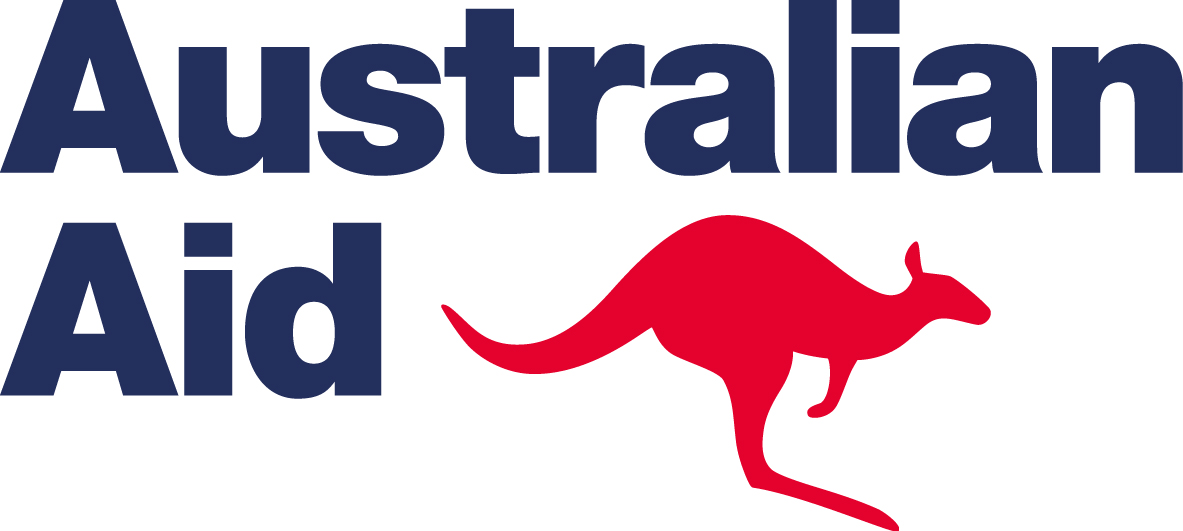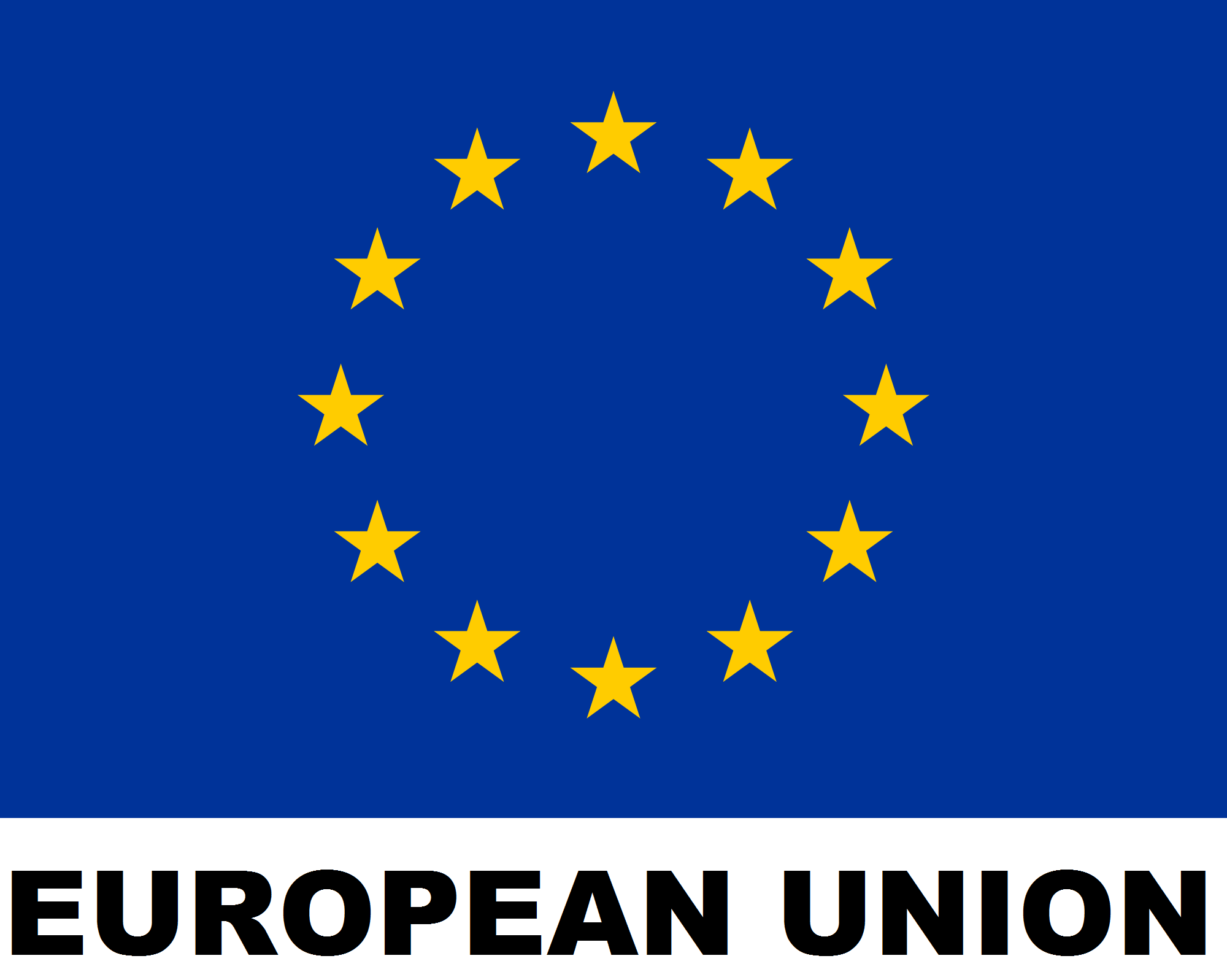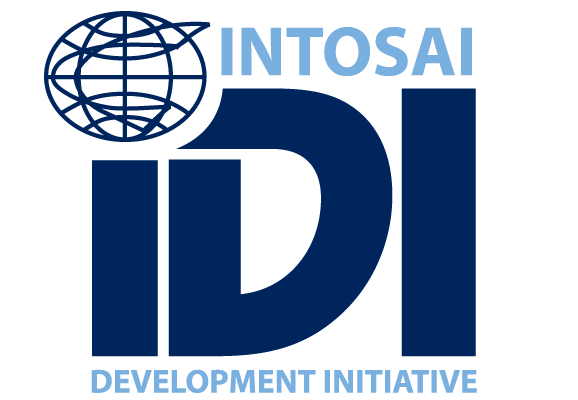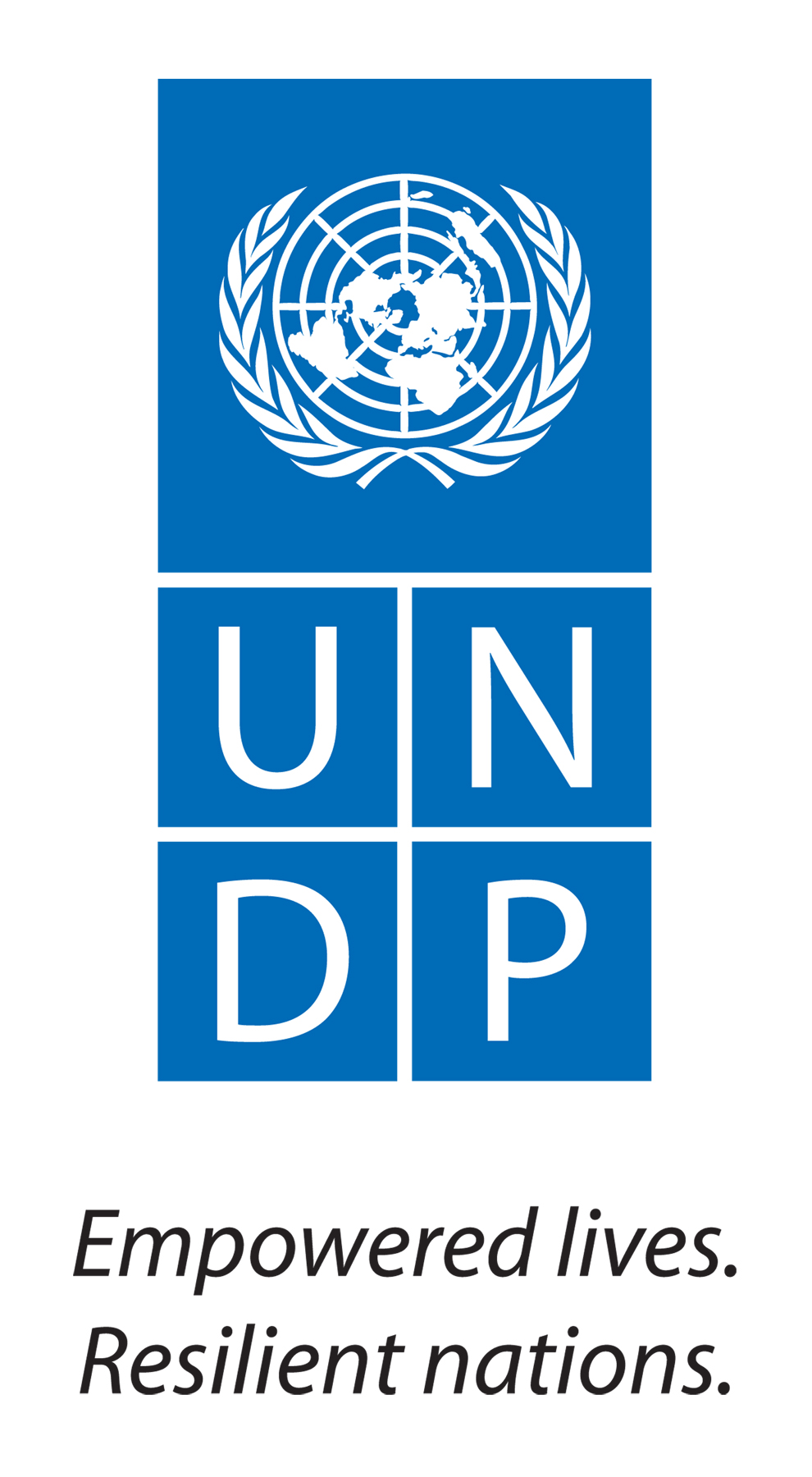By Angela Drake, Principal Advisor International Engagement, Office of the Auditor-General, New Zealand
Transparency International’s annual Corruption Perceptions Index (CPI) has confirmed that, for the fifth year in a row, there is stagnation in the Pacific CPI scores. [1] This will be no surprise to PASAI members who strive to turn the tide on these low scores through their daily work.
Nine months ago, PASAI published its fourth Accountability and Transparency Report, exploring the effectiveness of the work of Pacific SAIs between 2018 and 2022. The report found that there is work to do to overcome a range of integrity threats facing Pacific SAIs. SAIs, and the context they work in, both need to change if we are to see better accountability of governments in the Pacific.
As the Accountability and Transparency Report points out, there is a need for consolidated, collaborative action – across both the public financial management system and the national integrity system – to achieve meaningful progress towards good governance, accountability, transparency and integrity in the Pacific.
Challenges facing Pacific SAIs
There are four leading themes in the issues discussed in the report:
Investment is needed in the capability of those responsible for preparing accountability information (for example, financial statements of government) for SAIs.
A clear and aligned view needs to be established by those with power to influence the public financial management and integrity systems.
Independence is fundamental to enabling SAI effectiveness.
SAIs in the Pacific are under sustained pressure to build and maintain both their capacity and the capability to play an ongoing and impactful role in their national integrity systems. Additional investment and support to SAIs to continue to build their capability and capacity remain vital.
Small steps to create change
Talking about the challenges we face
PASAI has already started to address the most significant weaknesses identified in the report.
Over the last nine months, PASAI Secretary-General, John Ryan, has hosted a webinar series on Building strong national integrity systems in the Pacific. Drawing on expertise from across our region, these panel discussions evaluate progress, issues and risks involved with building and maintaining accountability and transparency in the Pacific.
Communities of practice
PASAI also offers facilitated communities of practice after each panel discussion.
These discussions support SAI heads and emerging SAI leaders to consider what practical steps their SAI can take to improve collaboration with other players involved in the public financial management and integrity systems. Participants are encouraged to apply the one-degree rule: they share reflections on how their SAI might raise its appetite or ‘temperature’ by one degree to increase their impact or the effectiveness of their work.
Creating a strategy together
The communities of practice have been an instrumental forum to capture and discuss the ambitions of member SAIs in the next 10 years. Important perspectives and contributions shared continue to shape the development of PASAI’s future strategic priorities.
PASAI is also working with current and potential development partners to secure funding for the PASAI 2024–2034 Strategy.
In September 2023, PASAI jointly hosted a Funder’s Forum in Fiji at the Australian High Commission in partnership with the New Zealand Ministry of Foreign Affairs and Trade and the Australian Department of Foreign Affairs and Trade. Potential future partners were able to provide feedback on, and contribute to, the development of PASAI’s strategic intentions.
Communities of practice in action
What topics have been covered in the webinars and communities of practice?
The May 2023 panel explored how to raise the level of public participation in the allocation, distribution and management of public funds with two prominent Pacific civil society organisations (CSOs) – Transparency International Papa New Guinea and the Pacific Islands Association of Non-governmental Organisations (PIANGO).
In July 2023, we built on this dialogue through a second panel discussion with three investigative journalists from TV, radio and print media across the region. Panellists described how the media and SAIs can be allies in their pursuit of bringing accurate, independent information about public sector spending to the community.
The third panel, held in December 2023, focused on how the United Nations Convention Against Corruption and the Teieniwa Vision have supported countries to develop inter-agency approaches to detect and prevent fraud and corruption. Panellists partnering with the UN Office on Drugs and Crime shared challenges common to small island states. These include addressing conflicts of interest, lack of powers to investigate and challenges in prosecuting and sentencing. The value of increasing public understanding was expressed – specifically, mobilising young people to seek accountability and justice when behaviours do not meet integrity standards.
Warming up by one degree
In August 2023, at the Leadership Community of Practice, SAI heads committed to increase their SAI’s engagement with the public, CSOs or local media by one degree, including by:
Planning one face-to-face outreach with citizens so that members of the community are more able to understand the role of the SAI and its work. Proposals included outreach events to outer island communities, engaging with high school leavers and hosting community groups at the SAI.
Building the SAI’s relationship with local media over a coffee or a phone call to ensure they understand what government auditors do and the frequency of audit reporting.
Working as a team to be more effective and timelier at providing short summaries of audit findings to media and weblinks to audit reports for CSOs.
Leading proactive engagement with media to explain why an audit report has been delayed (for instance, if the legislature has not yet released it or auditees have not provided enough detail to audit) to create visibility of issues and pressure/momentum for changes to be made.
Increasing social media posts relating to published audit reports to provide citizens with another avenue to access information.
Encouraging colleagues to participate in PASAI’s Communications training programme, especially for teams that do not have the resources to appoint a communication officer.
What’s next?
Developing strong relationships
In the next panel discussion on 23 February 2024, we will focus on the importance of developing strong relationships with legislatures, parliamentary accounts committees and other legislative committees.
Panellists from across the region will provide practical advice on how to build and enhance the working relationships between SAIs and legislatures. We will consider how public access to information is a critical part of the democratic process, allowing people to contribute to the scrutiny of government performance. The effectiveness of the relationship between the legislature, its committees and the SAI plays a major role in the integrity of this scrutiny. The legislature’s deliberations on audit findings support better public awareness of issues, improved transparency by public organisations and more accountability from the government to the public.
Can you play a part?
We welcome new members to join our communities of practice in 2024 and look forward to delving deeper into what each SAI considers may be its next practical step to enhance engagement with its legislature and committees.
We encourage you to consider what steps you can take in 2024 to best influence other players in your national integrity systems to promote public trust and to hold power to account. May our collective efforts soon turn the tide on the region’s Corruption Perceptions Index scores.
The Office of the Auditor-General of New Zealand has made past webinar recordings in the series available on its website.
References
[1] Annual corruption report reveals fifth year of stagnation in the Pacific

